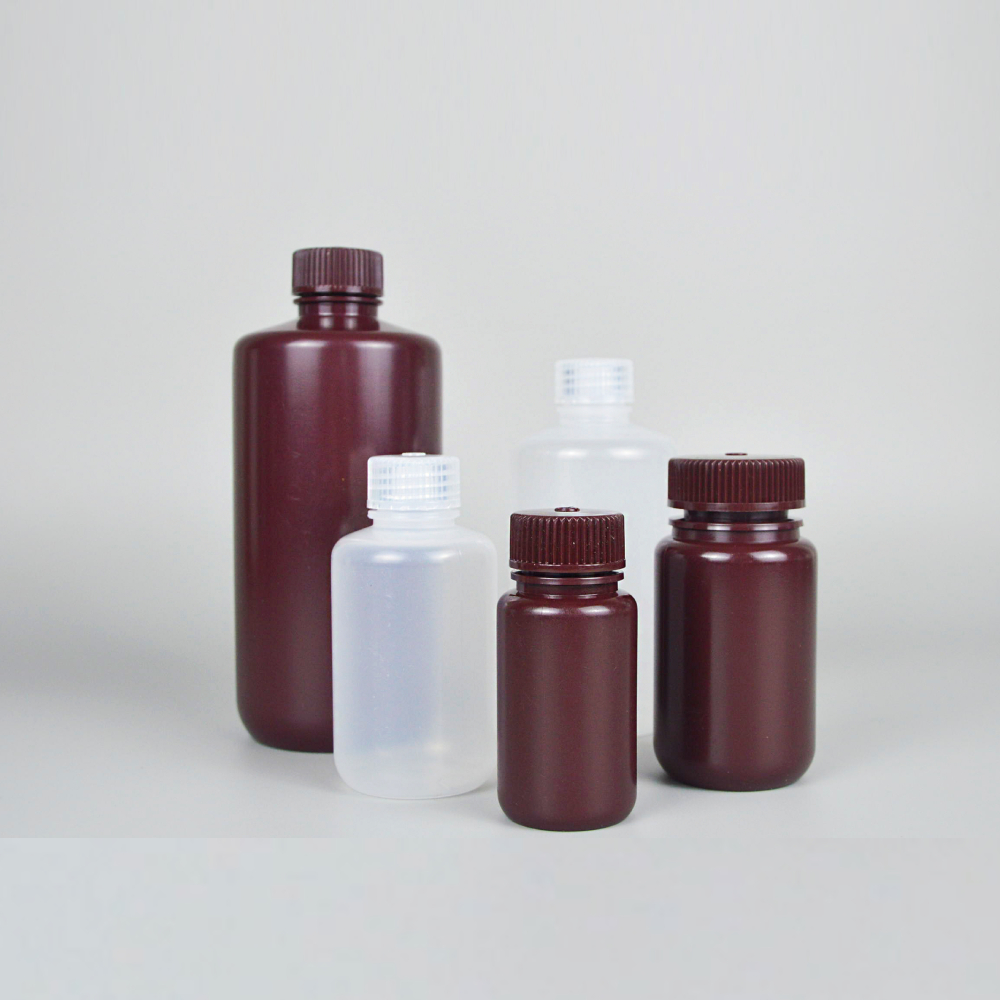
-
 Afrikaans
Afrikaans -
 Albanian
Albanian -
 Amharic
Amharic -
 Arabic
Arabic -
 Armenian
Armenian -
 Azerbaijani
Azerbaijani -
 Basque
Basque -
 Belarusian
Belarusian -
 Bengali
Bengali -
 Bosnian
Bosnian -
 Bulgarian
Bulgarian -
 Catalan
Catalan -
 Cebuano
Cebuano -
 Corsican
Corsican -
 Croatian
Croatian -
 Czech
Czech -
 Danish
Danish -
 Dutch
Dutch -
 English
English -
 Esperanto
Esperanto -
 Estonian
Estonian -
 Finnish
Finnish -
 French
French -
 Frisian
Frisian -
 Galician
Galician -
 Georgian
Georgian -
 German
German -
 Greek
Greek -
 Gujarati
Gujarati -
 Haitian Creole
Haitian Creole -
 hausa
hausa -
 hawaiian
hawaiian -
 Hebrew
Hebrew -
 Hindi
Hindi -
 Miao
Miao -
 Hungarian
Hungarian -
 Icelandic
Icelandic -
 igbo
igbo -
 Indonesian
Indonesian -
 irish
irish -
 Italian
Italian -
 Japanese
Japanese -
 Javanese
Javanese -
 Kannada
Kannada -
 kazakh
kazakh -
 Khmer
Khmer -
 Rwandese
Rwandese -
 Korean
Korean -
 Kurdish
Kurdish -
 Kyrgyz
Kyrgyz -
 Lao
Lao -
 Latin
Latin -
 Latvian
Latvian -
 Lithuanian
Lithuanian -
 Luxembourgish
Luxembourgish -
 Macedonian
Macedonian -
 Malgashi
Malgashi -
 Malay
Malay -
 Malayalam
Malayalam -
 Maltese
Maltese -
 Maori
Maori -
 Marathi
Marathi -
 Mongolian
Mongolian -
 Myanmar
Myanmar -
 Nepali
Nepali -
 Norwegian
Norwegian -
 Norwegian
Norwegian -
 Occitan
Occitan -
 Pashto
Pashto -
 Persian
Persian -
 Polish
Polish -
 Portuguese
Portuguese -
 Punjabi
Punjabi -
 Romanian
Romanian -
 Russian
Russian -
 Samoan
Samoan -
 Scottish Gaelic
Scottish Gaelic -
 Serbian
Serbian -
 Sesotho
Sesotho -
 Shona
Shona -
 Sindhi
Sindhi -
 Sinhala
Sinhala -
 Slovak
Slovak -
 Slovenian
Slovenian -
 Somali
Somali -
 Spanish
Spanish -
 Sundanese
Sundanese -
 Swahili
Swahili -
 Swedish
Swedish -
 Tagalog
Tagalog -
 Tajik
Tajik -
 Tamil
Tamil -
 Tatar
Tatar -
 Telugu
Telugu -
 Thai
Thai -
 Turkish
Turkish -
 Turkmen
Turkmen -
 Ukrainian
Ukrainian -
 Urdu
Urdu -
 Uighur
Uighur -
 Uzbek
Uzbek -
 Vietnamese
Vietnamese -
 Welsh
Welsh -
 Bantu
Bantu -
 Yiddish
Yiddish -
 Yoruba
Yoruba -
 Zulu
Zulu
Optimizing the Use of Chemical Reagent Storage Solutions for Laboratory Efficiency
The Significance of Reagent Containers in Laboratory Practices
In the world of scientific research and experimentation, the proper handling and storage of chemical reagents are of paramount importance. Reagent containers play a crucial role in ensuring the efficacy, safety, and longevity of the substances housed within them. As laboratories continue to grow and technology advances, the importance of selecting the appropriate reagent containers cannot be overstated.
Reagent containers come in various shapes and materials, each designed to meet specific needs. Common materials include glass, plastic, and metal, with glass being favored for its inert properties. Glass containers, such as amber bottles, offer excellent protection against UV light, which can degrade light-sensitive chemicals. In contrast, plastic containers, such as polypropylene and polyethylene, are preferred for their lightweight nature and resistance to breakage. However, it’s essential to ensure that the chosen plastic is compatible with the reagent it will contain, as some chemicals can leach harmful substances from plastic materials.
One critical aspect of reagent containers is their labeling. Proper labeling is essential in a laboratory setting to prevent cross-contamination and ensure the safe handling of chemicals. Each container should include pertinent information such as the chemical name, concentration, date of receipt, and expiration date. This practice not only promotes safety but also aids in efficient inventory management, enabling researchers to quickly identify available reagents and their respective shelf lives.
reagent containers

Sealing is another vital consideration. Many reagents are volatile or hygroscopic, meaning they can evaporate or absorb moisture from the air, respectively. Therefore, containers must be fitted with appropriate seals or caps that ensure tight closure. For instance, screw-cap and presaturated closures provide an effective barrier against contamination and environmental factors. Additionally, the use of desiccants in containers can help maintain an optimal environment for moisture-sensitive reagents.
The physical design of reagent containers also impacts their usability. Containers should be ergonomically designed for easy pouring and dispensing, with features such as spouts or dropper tops. This minimizes the risk of spills and accidents during handling. Moreover, containers should be appropriately sized to avoid excessive air exposure, which can lead to degradation of the contents.
Storage conditions play a significant role in the preservation of chemical reagents. Laboratories must ensure that reagents are stored according to their specific requirements, which can include temperature control, refrigeration, or protection from light. Furthermore, the organization of reagent containers within storage areas must prioritize safety—placing hazardous materials in secure, designated areas away from incompatible substances.
In conclusion, reagent containers are vital components of laboratory operations, directly impacting the safety, efficiency, and integrity of chemical storage. Selecting the right materials, ensuring clear labeling, maintaining airtight seals, and adhering to appropriate storage conditions are all essential practices that contribute to successful scientific research. As innovations in laboratory design and chemistry continue to evolve, the role of reagent containers will remain fundamental in supporting the scientific community's quest for knowledge and discovery.
-
Premium Metal Dropper Bottle for Precise Dispensing 250ml & 1ml Options AvailableNewsJul.04,2025
-
20 ml Headspace Vials - High Quality Polyethylene & Plastic Vials for Lab UseNewsJul.04,2025
-
Small Bottle with Pipette - Precise Dispensing 100ml Pipette Bottles for Essential Oils & Lab UseNewsJun.24,2025
-
Acetic Anhydride Bottle for Accurate Dropper Measurement in Pharmacy Use High-Quality Dropper BottlesNewsJun.10,2025
-
Innovative PET Bottle Design for Juice – Unique Shapes & Customization OptionsNewsJun.10,2025
-
20 Pack Sterilized Petri Dishes – Assorted Sizes, High Quality Small Plastic Petri Dishes for Lab UseNewsJun.10,2025






















